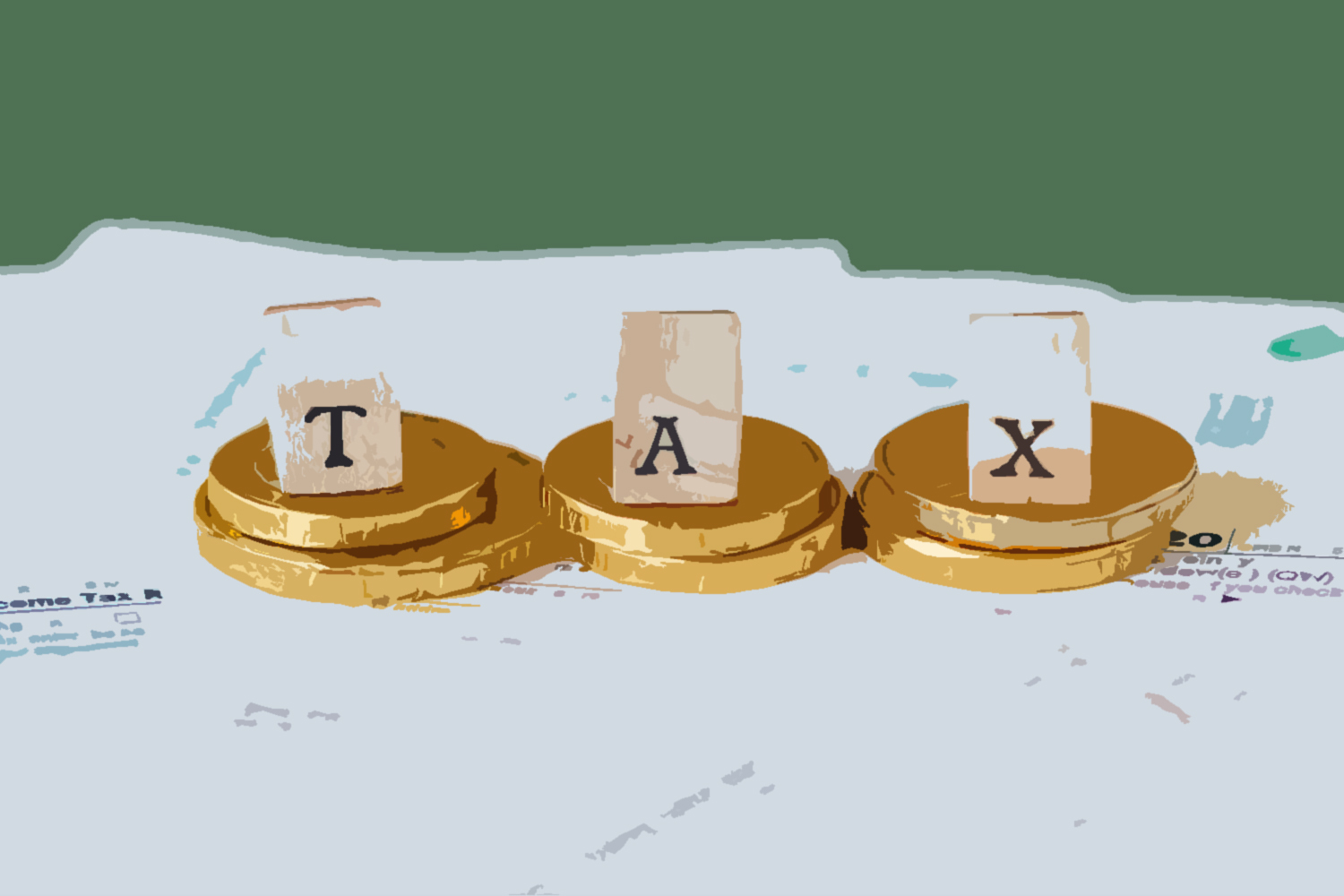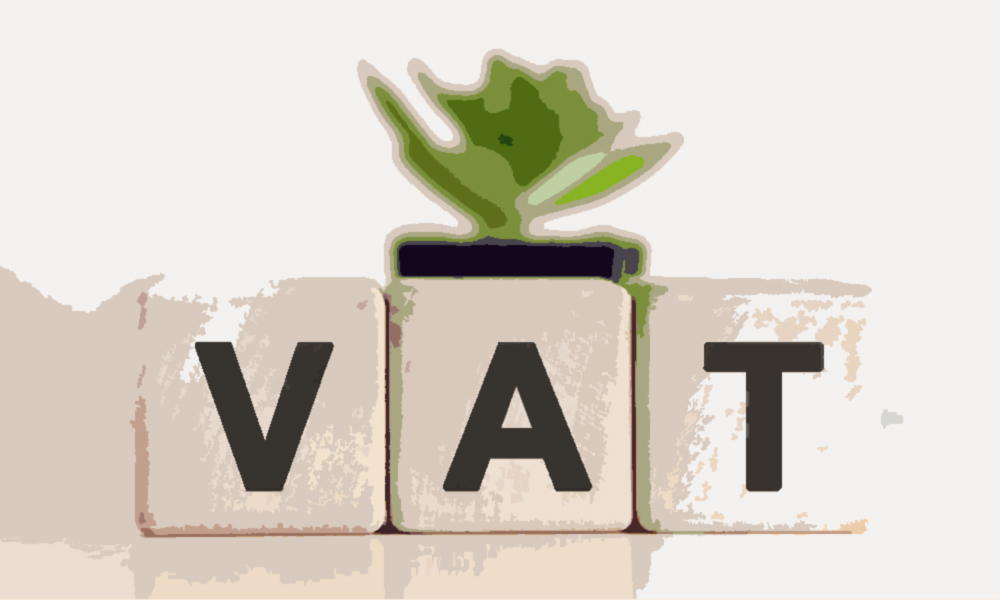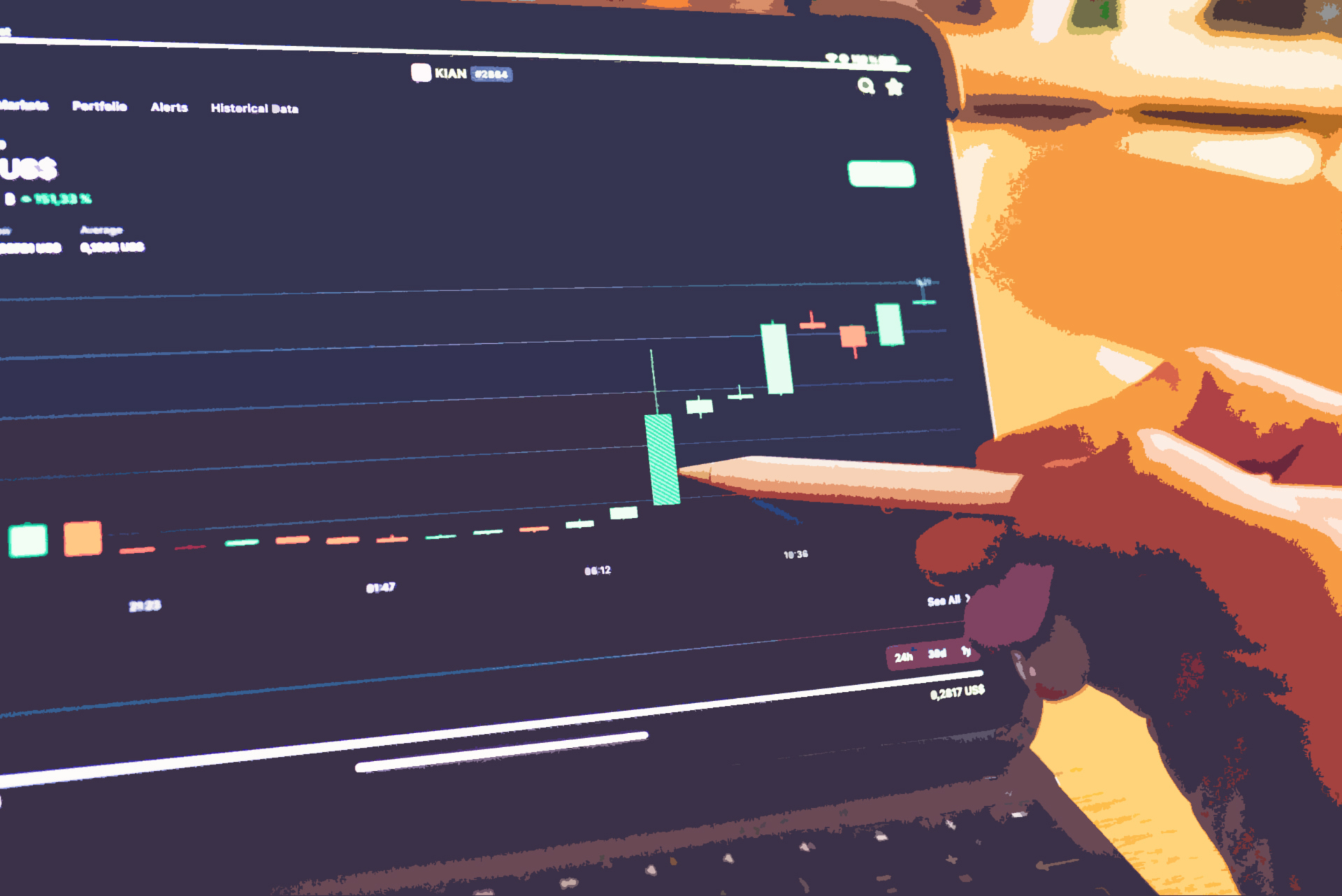To help meet the costs of health and adult social care, a new levy, the Health and Social Care Levy, is introduced from 6 April 2023. Payment of the levy, which is set at the rate of 1.25% of qualifying earnings, is linked to the payment of National Insurance contributions.
Prior to the introduction of the levy and in order to start raising ring-fenced funds for health and adult social care from 6 April 2022 onwards, the rates of ‘qualifying’ National Insurance contributions are to increase by 1.25% for 2022/23 only. Qualifying National Insurance contributions are Class 1, Class 1A, Class 1B and Class 4. Thus, employees, employers and the self-employed will be hit by the rises for 2022/23, and by the levy from 6 April 2023.
The National Insurance rates are due to revert to their 2021/22 levels from 6 April 2023 when the Health and Social Care Levy comes into effect.
Impact on employees
For 2022/23, employees will pay primary National Insurance contributions at the main rate of 13.25% on earnings between the primary threshold (set at £190 per week for 2022/23) and the upper earnings limit (set at £967 per week for 2022/23), and at the additional rate of 3.25% on earnings in excess of the upper earnings limit.
For 2021/22, the main rate is 12% (payable on earnings between £184 per week and £967 per week) and the additional rate is 2% (payable on earnings in excess of £967 per week).
The following case studies demonstrate the impact of the rate rises, which will depend to the extent to which they are offset by the increase in the primary threshold.
Case study 1
Karen is paid £185 per week. For 2021/22, she pays primary contributions of 12p per week. However, for 2022/23, she will not pay any contributions (but will be treated for state pension purposes as having made notional contributions) as her earnings are below the primary threshold of £190 per week.
She is unaffected by the rate rises, and benefits from the increase in the primary threshold.
Case study 2
Clive is paid a salary of £24,000, paid monthly at the rate of £2,000 per month. His pay remains the same in 2022/23 as in 2021/22.
The monthly primary threshold is £833 for 2022/23 and the monthly upper earnings limit is £4,189. For 2021/22, the monthly primary threshold is £797 and the monthly upper earnings limit is £4,189.
For 2021/22, Clive pays primary National Insurance contributions of £144.36 (12% (£2,000 – £797)).
For 2022/23, Clive pays primary National Insurance contributions of £154.63 ((13.25% (£2,000 – £833).
The combined impact of the rate rise and the increase in the primary threshold will mean that Clive will pay an additional £10.27 each month in National Insurance contributions.
Case study 3
Rebecca is a company director with a salary of £150,000 a year.
The annual primary threshold is £9,880 for 2022/23 and £9,568 for 2021/22. The annual upper earnings limit is £50,270 for both years.
For 2021/22, Rebecca pays primary Class 1 National Insurance of £6,878.84 ((12% (£50,270 – £9,568)) + 2% (£150,000 – £50,270))).
For 2022/23, Rebecca pays primary Class 1 National Insurance of £8,592.91 ((13.25% (£50,270 – £9,880)) + (3.25% (£150,000 – £50,270))).
As a result of the rate increases, Rebecca will pay £1,713.07 more in National Insurance contributions in 2022/23 than in 2021/22.













